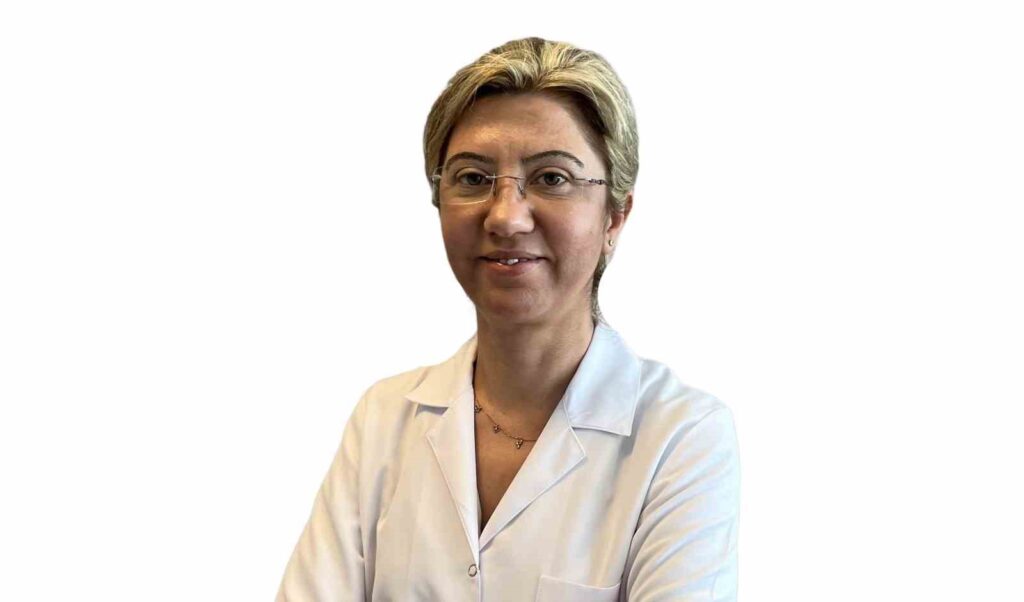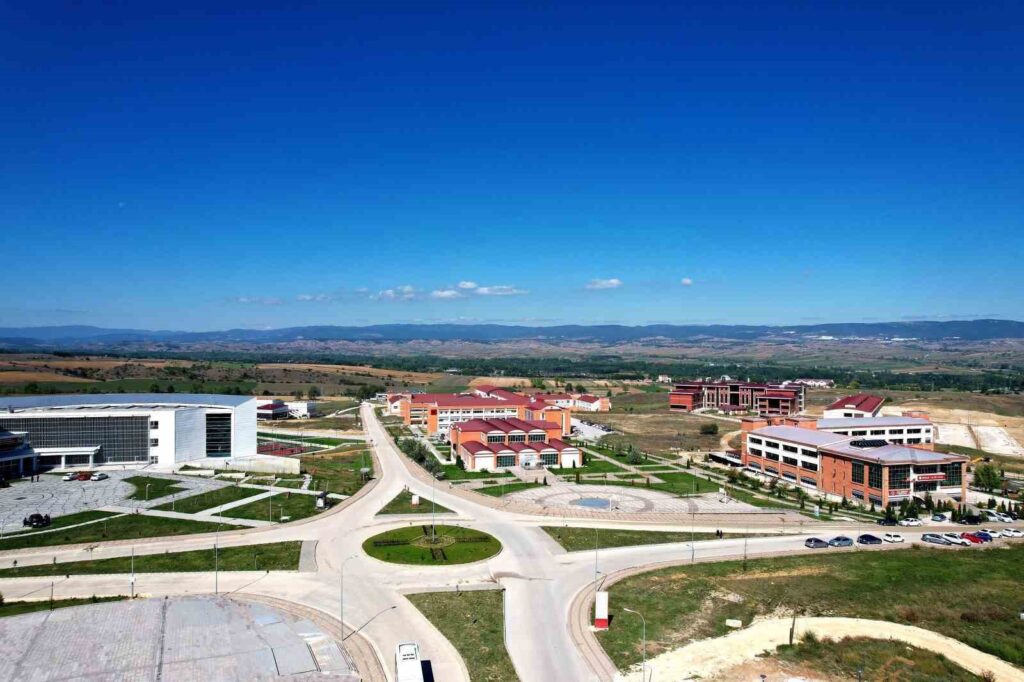The increase in skin cancer has been triggered by spending more time in the sun.
Medical Oncology Specialist Assoc. Dr. Özlem Nuray Sever points out that the incidence of melanoma (skin cancer) has dramatically increased worldwide. According to Sever, this increase is due to higher levels of sun exposure, tanning, an aging population, and skin…

Medical Oncology Specialist Assoc. Dr. Özlem Nuray Sever pointed out that the frequency of melanoma (skin cancer) has dramatically increased worldwide, stating that ‘This increase may be related to higher levels of sun exposure, tanning, an increase in the aging population, and improvements in the detection of skin cancer.’
Medical Oncology Specialist Assoc. Dr. Özlem Nuray Sever, emphasizing the rapid increase of skin cancer (melanoma) worldwide, stated, ‘Although there is an increase in the incidence of skin cancer worldwide, death rates are starting to decrease probably due to increased early detection efforts and significant advances in advanced melanoma treatment. This increase may be related to higher levels of sun exposure, tanning, an increase in the aging population, and improvements in the detection of skin cancer.’
Assoc. Dr. Özlem Nuray Sever, stating that skin cancer is a type of cancer that occurs as a result of abnormal and uncontrolled growth of skin cells, used the expressions ‘There are 2 main types of skin cancer; melanoma and non-melanoma. The most common two types of non-melanoma skin cancer are called Basal Cell Carcinoma (BCC) and Squamous Cell Carcinoma (cSCC).’
‘More than 90% of the cases are sun-related.’ Emphasizing that more than 90% of the cases are caused by exposure to ultraviolet radiation from the sun, Assoc. Dr. Sever indicated that this exposure increases the risk of all three main types of skin cancer.
‘Solarium also increases the risk.’ Assoc. Dr. Sever pointed out that exposure has increased due to the partial thinning of the ozone layer, stating: ‘In addition to the sun, solarium is another common source of ultraviolet radiation. The sun usually affects fair-skinned people who burn easily. The harmful effects of the sun accumulate over time. The more you are exposed to the sun throughout your life, the higher your risk of skin cancer. Although ultraviolet (UV) radiation is the most important risk factor, among other identified risk factors are chronic arsenic exposure, radiation therapy, long-term immunosuppressive therapy, and some genetic factors.’
‘Carefully monitor moles on your body.’ Assoc. Dr. Sever, pointing out that non-melanoma skin cancer can occur anywhere on the skin, but is often found on the head, face, neck, back of the hands, arms, and legs, attributed this to the fact that these parts of the body are the most exposed to sunlight.
Assoc. Dr. Sever stated that in non-melanoma skin cancers, persistent changes in the skin are observed. ‘These are generally pink or red hard lesions, lesions with crusts or scales, and lesions that bleed. Among the symptoms of melanoma, dark-colored, prone to bleeding lesions are more commonly observed. Sometimes melanoma can be mistaken for a normal mole. Therefore, monitoring moles is important.’
‘Incidence has increased in the last 10 years.’ Assoc. Dr. Sever, stating that the incidence of melanoma has dramatically increased worldwide and death rates are starting to decrease probably due to increased early detection efforts and significant advances in advanced melanoma treatment, said, ‘Since BCC and cSCC records are not available in most countries, the incidence rates are not clearly known. However, we know that both BCC and cSCC incidence rates have increased in the last 10 years. This increase may be related to higher levels of sun exposure, tanning, an increase in the aging population, and improvements in the detection of skin cancer.’
Tips to protect against skin cancer. Assoc. Dr. Sever stated that protecting the skin from sunlight can help prevent skin cancer and listed what can be done to reduce the likelihood of developing skin cancer: ‘Avoid the sun in the middle of the day (from 10:00 to 16:00). Apply sunscreen and reapply frequently. Wear a wide-brimmed hat, long-sleeved shirt, or long pants. Avoid tanning and solarium. Be extra cautious near water, snow, and sand. Safely take vitamin D through food and vitamin supplements. Choose a sunscreen with an SPF of 30 or higher, water-resistant, and providing broad-spectrum protection (against UVA and UVB rays). Apply sunscreen about 15 minutes before going out. Reapply sunscreen every two hours or after swimming or sweating according to the product label.’
Things to consider in treatment. Assoc. Dr. Sever explained the treatment of non-melanoma skin cancer as follows: ‘Surgery: Skin cancer is usually treated with surgery. Doctors can perform different types of surgeries to treat skin cancer. Radiation therapy: Radiation kills cancer cells. It can be used in cases where surgery is not possible. Skin creams: The drugs in these creams can kill cancer cells. Photodynamic therapy: Photodynamic therapy kills cancer cells. In this therapy, the doctor uses a special cream and a special light to treat skin cancer.’
Assoc. Dr. Sever listed the treatments that doctors can recommend for certain untreatable types of non-melanoma skin cancer as follows: ‘Immunotherapy: Immunotherapy is a term used to identify drugs that work with the person’s immune system to stop the growth of cancer. Targeted therapy: Targeted therapy is a term used to identify a group of drugs that are effective only on cancers with specific features. These drugs usually work by blocking a specific protein or molecule.’
Discussing how melanoma will be treated, Assoc. Dr. Sever said, ‘Most people with melanoma have one or more of the following treatments depending on the stage: Surgery: Melanoma is usually treated with surgery to remove the cancer. Even if the biopsy appears to have removed the entire abnormal area, most people need further surgery. During surgery, the doctor may also check nearby lymph nodes to see if the melanoma has spread in the body. Immunotherapy. Targeted therapy. Radiation therapy. Chemotherapy: Chemotherapy is a medical term used for drugs that kill cancer cells or stop their growth.’







